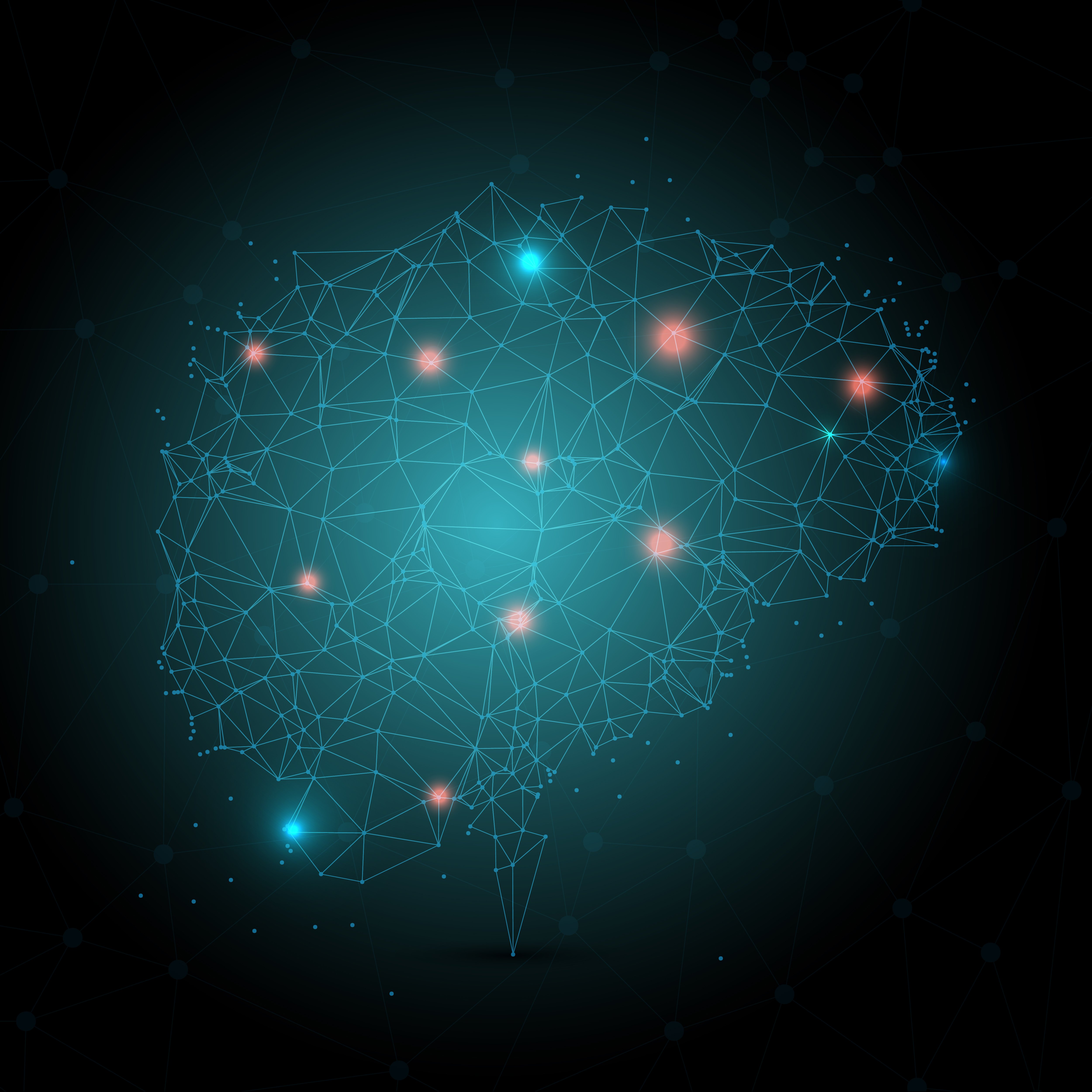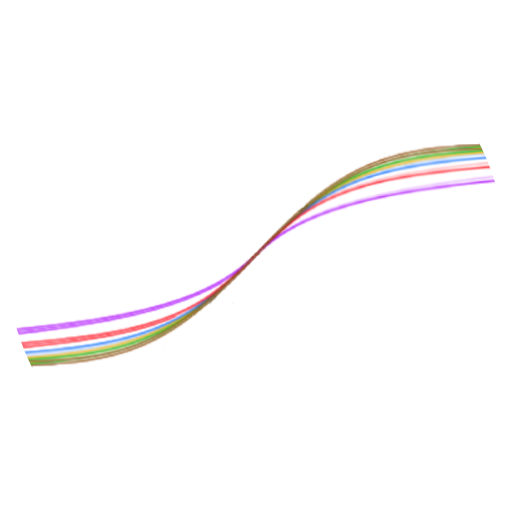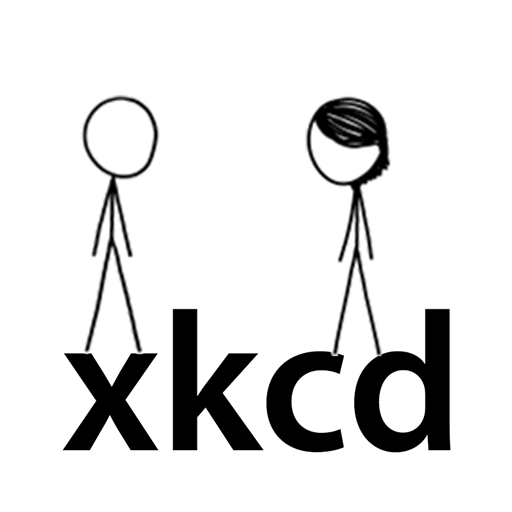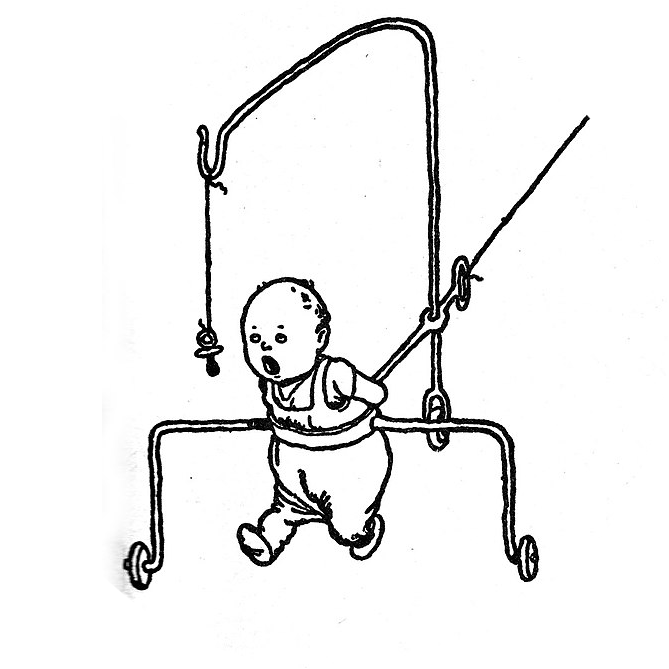But 22301 isn’t prime? It’s 29*769.
- 2 Posts
- 109 Comments

 10·27 days ago
10·27 days agoA piece of plastic broke off from my laptop once. It was supposed to hold one of the two screws fixing the cover of the RAM & drive section and now there was just a larger round hole. I’ve measured the hole and the screw, designed a replacement in Blender (not identical, I wanted something more solid and reliable) and printed it; took two attempts to get the shape perfectly right. Have had zero issues with it in all these years.
Thanks! I now see that Tai Chi is mentioned frequently online in context of the film unlike yoga so that should be right; it narrows things down.

 1·5 months ago
1·5 months agoKOReader supports custom CSS. You can certainly change the background colour with it, I think a grid should be possible too.

 2·5 months ago
2·5 months agoThat’s the ones, the 0414 release.

 5·5 months ago
5·5 months agoQWQ-32B for most questions, llama-3.1-8B for agents. I’m looking for new models to replace them though, especially the agent one.
Want to test the new GLM models, but I’d rather wait for llama.cpp to definitely fix the bugs with them first.

 4·7 months ago
4·7 months agoWhat I’ve ultimately converged to without any rigorous testing is:
- using Q6 if it fits in VRAM+RAM (anything higher is a waste of memory and compute for barely any gain), otherwise either some small quant (rarely) or ignoring the model altogether;
- not really using IQ quants - afair they depend on a dataset and I don’t want the model’s behaviour to be affected by some additional dataset;
- other than the Q6 thing, in any trade-offs between speed and quality I choose quality - my usage volumes are low and I’d better wait for a good result;
- I load as much as I can into VRAM, leaving 1-3GB for the system and context.
Maybe some Borges too?

 3·11 months ago
3·11 months agoMy intuition:
- There’re “genuine” instances of hapax legomena which probably have some semantic sense, e.g. a rare concept, a wordplay, an artistic invention, an ancient inside joke.
- There’s various noise because somebody let their cat on the keyboard, because OCR software failed in one small spot, because somebody was copying data using a noisy channel without error correction, because somebody had a headache and couldn’t be bothered, because whatever.
- Once a dataset is too big to be manually reviewed by experts, the amount of general noise is far far far larger than what you’re looking for. At the same time you can’t differentiate between the two using statistics alone. And if it was manually reviewed, the experts have probably published their findings, or at least told a few colleagues.
- Transformers are VERY data-hungry. They need enormous datasets.
So I don’t think this approach will help you a lot even for finding words and phrases. And everything I’ve said can be extended to semantic noise too, so your extended question also seems a hopeless endeavour when approached specifically with LLMs or big data analysis of text.

 2·1 year ago
2·1 year agoFor Tolkien’s work, there is the twelve volume “The Complete History of Middle Earth” which is about as inside baseball as you can get for Tolkien.
I’d replace HoME with Parma Eldalamberon, Vinyar Tengwar and other journals publishing his early materials here.

 2·1 year ago
2·1 year agoRecommending Italo Calvino’s Six Memos for the Next Millennium, the lectures he has been preparing shortly before his death.
Not an assembly guide for a work of literature, but it’ll help your own process if it’s already ongoing and you want to improve.
The lectures also have some comments on what Calvino himself was doing here and there and why.

 3·1 year ago
3·1 year agoFor me specifically, if spoilers hurt a book, it probably wasn’t worth reading in the first place. I love when authors demonstrate mastery of language and narration, and no amount of spoilers can overshadow the direct experience of witnessing it enacted.

 2·1 year ago
2·1 year agoChatMusician isn’t exactly new and the underlying dataset isn’t particularly diverse, but it’s one of the few models made specifically for classical music.
Are there any others, by the way?

 5·1 year ago
5·1 year agoThe Phoebus cartel strikes again!

 1·1 year ago
1·1 year agoHaven’t heard of all-in-one solutions, but once you have a recording, whisper.cpp can do the transcription:
The underlying Whisper models are MIT.
Then you can use any LLM inference engine, e.g. llama.cpp, and ask the model of your choice to summarise the transcript:
You can also write a small bash/python script to make the process a bit more automatic.

 2·1 year ago
2·1 year agoI enjoy xenharmonic music and modern academic music the most, but I’m not familiar with everything there, so any recommendations are welcome if you, reader, have something in your mind.

 2·1 year ago
2·1 year agoBecause we have tons of ground-level sensors, but not a lot in the upper layers of the atmosphere, I think?
Why is this important? Weather processes are usually modelled as a set of differential equations, and you want to know the border conditions in order to solve them and obtain the state of the entire atmosphere. The atmosphere has two boundaries: the lower, which is the planet’s surface, and the upper, which is where the atmosphere ends. And since we don’t seem to have a lot of data from the upper layers, it reduces the quality of all predictions.

 3·1 year ago
3·1 year agoYeah, while tripping on acid.




Have been using Neo Launcher since it had the features I needed from Nova (mostly hiding most apps from the app list while having them on the home screen in some folder so that it isn’t a mess when you want to find something specific). It hasn’t been updated in a while, but it works perfectly fine for me.